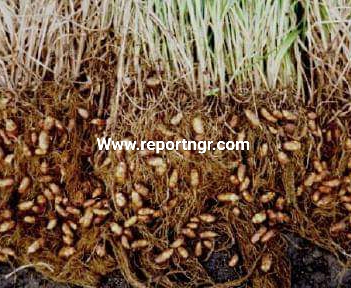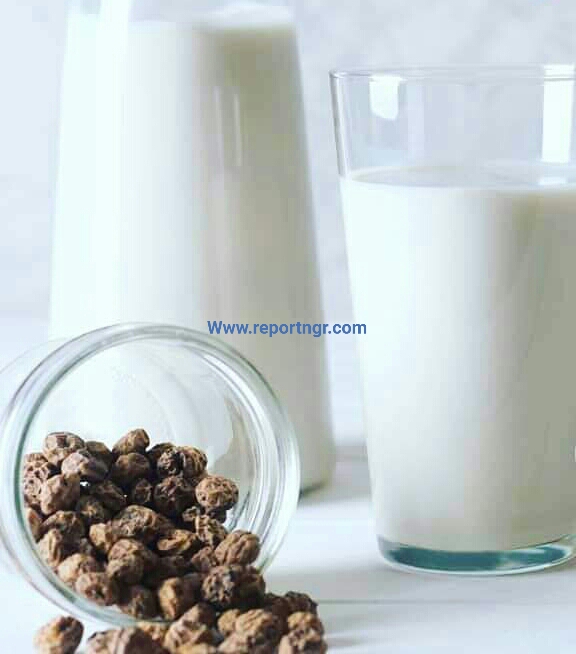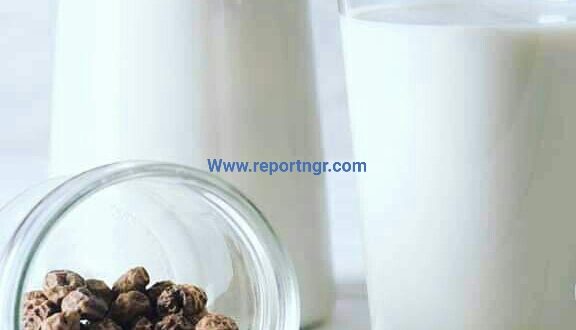Tigernut cultivation was introduced to the Spanish Levant in the Middle Ages by the Arabs. Since then, the drink from Tigernut known as Horchata, has been nourishing and delighting people.

In the French region, it is known as Souchet. It is also known as chufa or earth almond. In Spanish, it is called chufa or cotufa. In German it is called Erdmandel.

It grows in the temperate region.
Horchata has since then become a well known drink in many countries.
PROPERTIES
Tigernut is rich in carbohydrates (sugars and starch).
It has fat similar in composition to the olive oil fats. This fat is primarily made of unsaturated fatty acids (85%). Among this fat, linoleic acid is the major component.
Commendably, the protein of tigernut are made up all essential Amino acids. This proteins are of very high biological value.
In addition, it contains vitamin B1 and E, calcium, magnesium and iron as minerals.
From therapeutic angle, the tigernut has numerous and abundant enzymes. These enzymes facilitate the digestion of nutrients.
Drinking Horchata without added sugar is very helpful in cases of dyspepsia (indigestion), colitis (intestinal inflammation) and diarrhea.
PREPARATION

However, the tubers can be eaten raw. It can also be grounded, added water and sieve off . It is drank either chilled or sweetened.
COMPARING HORCHATA AND COW MILK
Nutrient⚌ ⚌Horchata⚌⚌Cow milk
1.Carbohydrates ……5.2g …………4.8g
2.Fats … 3.0g ………. 3.2g
3.Protein ….. 0.8g ……… 3.3g
4.Calcium …… 7.5mg…………120mg
5.phosphorus. ……..28mg…………..95mg
6.Magnesium. ………..15.5mg……….12mg
7.Iron ……………..0.3mg……… 0.1mg
With the above distribution of nutrients in Horchata, one will easily see that Horchata is a good substitute to cow milk.









